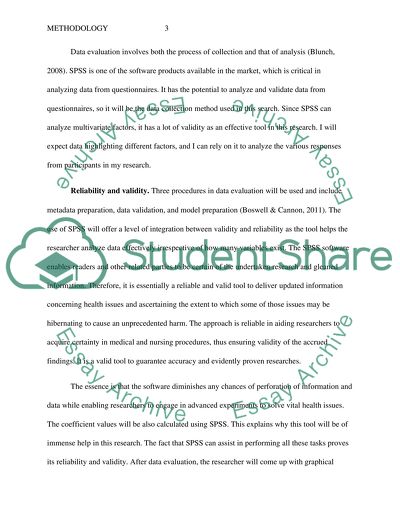Cite this document
(“The Impact of Nursing Shortage upon the Healthcare Industry Research Paper”, n.d.)
Retrieved from https://studentshare.org/nursing/1486648-the-impact-of-nursing-shortage-upon-the-healthcare
Retrieved from https://studentshare.org/nursing/1486648-the-impact-of-nursing-shortage-upon-the-healthcare
(The Impact of Nursing Shortage Upon the Healthcare Industry Research Paper)
https://studentshare.org/nursing/1486648-the-impact-of-nursing-shortage-upon-the-healthcare.
https://studentshare.org/nursing/1486648-the-impact-of-nursing-shortage-upon-the-healthcare.
“The Impact of Nursing Shortage Upon the Healthcare Industry Research Paper”, n.d. https://studentshare.org/nursing/1486648-the-impact-of-nursing-shortage-upon-the-healthcare.


